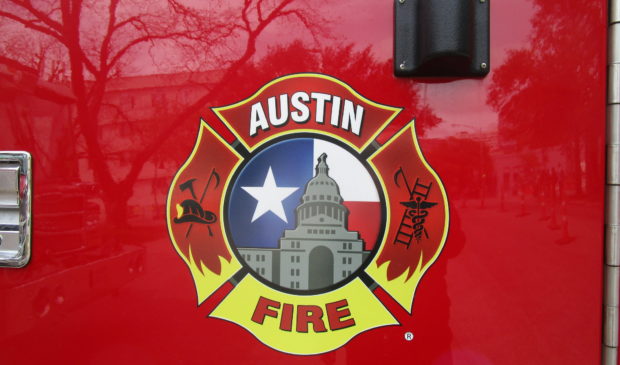AFD on the front lines of effort to combat overdose crisis
Thursday, July 14, 2022 by
Veronica Apodaca The Austin Fire Department spoke about its use of naloxone to combat drug overdoses in its quarterly report at the Public Safety Commission’s July 5 meeting. The department’s report coincides with City Council’s declaration of opioid overdose deaths as a public health crisis.
Council approved a resolution officially declaring a public health crisis at its June 16 meeting, joining Travis County in efforts to reduce drug overdoses in the local population. As the resolution states, “Travis County has experienced an upward trend of drug overdose deaths, particularly those resulting from opioids, and in March of this year overdoses in Austin doubled from 60, the base average, to 120.”
In addition to acknowledging an increase in overdoses within the city, the resolution calls for the city manager to invest in harm reduction strategies to address the problem.
“This is a very important resolution that recognizes the importance of investing in harm reduction,” Council Member Ann Kitchen said at the Council meeting. “I can’t overemphasize the importance of recognizing that substance abuse is a public health crisis, and it’s harm reduction that we need to be focused on.”
These strategies include ensuring that the city’s emergency vehicles are equipped with naloxone, which is used to quickly reverse an opioid overdose before a patient is given additional medical attention. This approach is part of Council’s strategy for increased coordination between the city’s emergency response departments as they respond to overdoses.
AFD is working with Austin-Travis County EMS to make naloxone part of its emergency response. Along with receiving a supply of naloxone for its vehicles, AFD trained all personnel in naloxone administration in December 2021. The department also adapted a storage method to ensure that the medication is stored at the proper temperature and ready to use when personnel are called to respond to an overdose.
“You can’t just put (naloxone) in the glove box on the fire truck and (let) the truck sit outside, and the external temperature gets to 100 degrees or more; it has to be stored with a limited temperature range,” AFD Chief of Staff Rob Vires said in his presentation to the commission.
AFD began using Pelican cases, which are equipped with interior insulation and a digital thermometer to monitor the medication’s temperature.
With a storage method in place, the department was able to begin using its naloxone supply to address overdoses. AFD has administered naloxone to 124 patients since January 2022, and of these patients, 100 had a positive response.
“That’s a huge deal,” Vires said. “Working with EMS for the best care of our community members is a great addition to what we’re able to provide.”
Photo made available through a Creative Commons license.
The Austin Monitor’s work is made possible by donations from the community. Though our reporting covers donors from time to time, we are careful to keep business and editorial efforts separate while maintaining transparency. A complete list of donors is available here, and our code of ethics is explained here.
You're a community leader
And we’re honored you look to us for serious, in-depth news. You know a strong community needs local and dedicated watchdog reporting. We’re here for you and that won’t change. Now will you take the powerful next step and support our nonprofit news organization?









